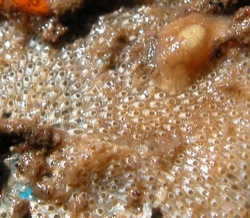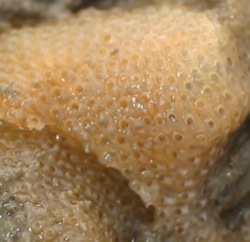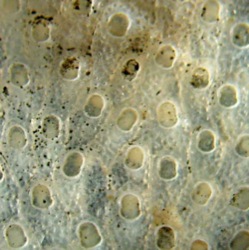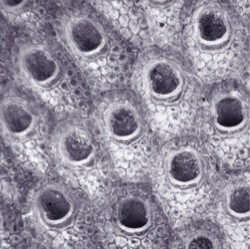Sargassum muticum (Yendo, 1907)
JAPANESE WIREWEED
- Kingdom: Plantae
- Division: Phaeophycophyta
- Class: Phaeophyceae
- Order: Fucales
- Family: Sargassaceae
Sargassum muticum is a large, yellowish-brown or olive-brown seaweed that can be distinguished from most other Pacific coast seaweeds by its small, spherical float bladders. It grows on rocks, shells or other hard objects, attached by a stout, spongy holdfast. The lowest part of the stalk just above the holdfast is sometimes divided into a few main stems, and gives off several flat, blade-like leaves up to 10 cm long.
Cryptosula pallasiana Image 6
5
Cryptosula pallasiana b
Cryptosula pallasiana Image 1
Cryptosula pallasiana (Moll, 1803)
- Kingdom: Animalia
- Phylum: Bryozoa
- Class: Gymnolaemata
- Order: Cheilostomata
- Suborder: Ascophora
- Family: Cryptosulidae
Cryptosula pallasiana is a colonial animal that grows in flat, encrusting sheets on a variety of substrates including shells, rocks, wood, glass, plastic, cement, seaweeds, sea grasses and solitary sea squirts. On flat surfaces the colonies may be more or less round and several centimeters across. In Florida, the edges of some colonies are raised in frills.

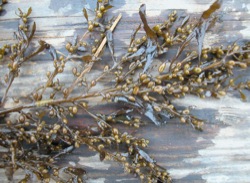 Sargassum muticum
Sargassum muticum 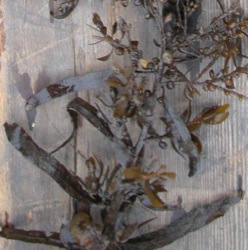

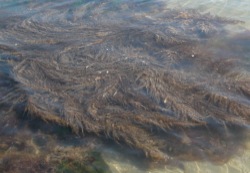

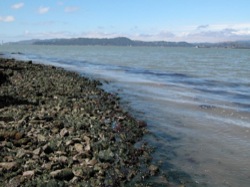
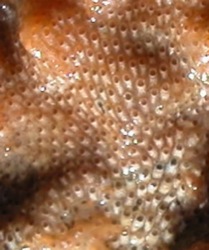 Cryptosula pallasiana
Cryptosula pallasiana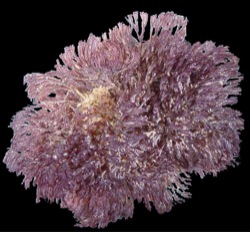 Bugula neritina
Bugula neritina 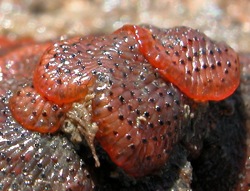 Watersipora subtorquata
Watersipora subtorquata
